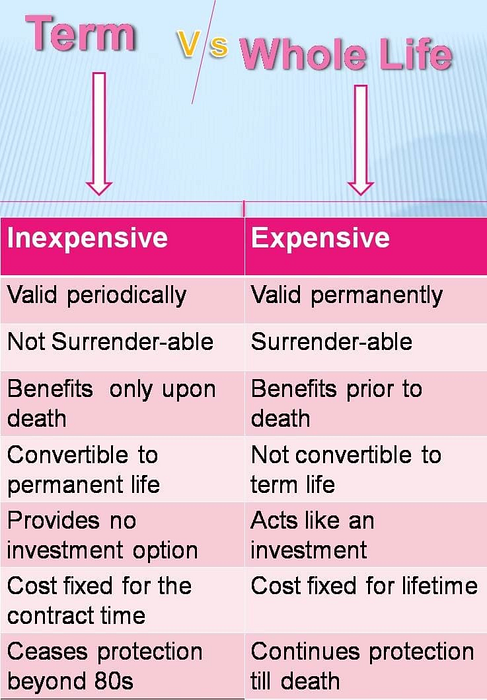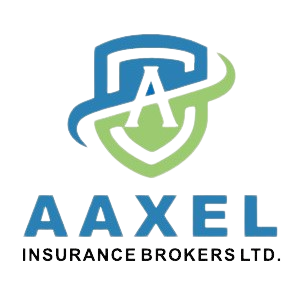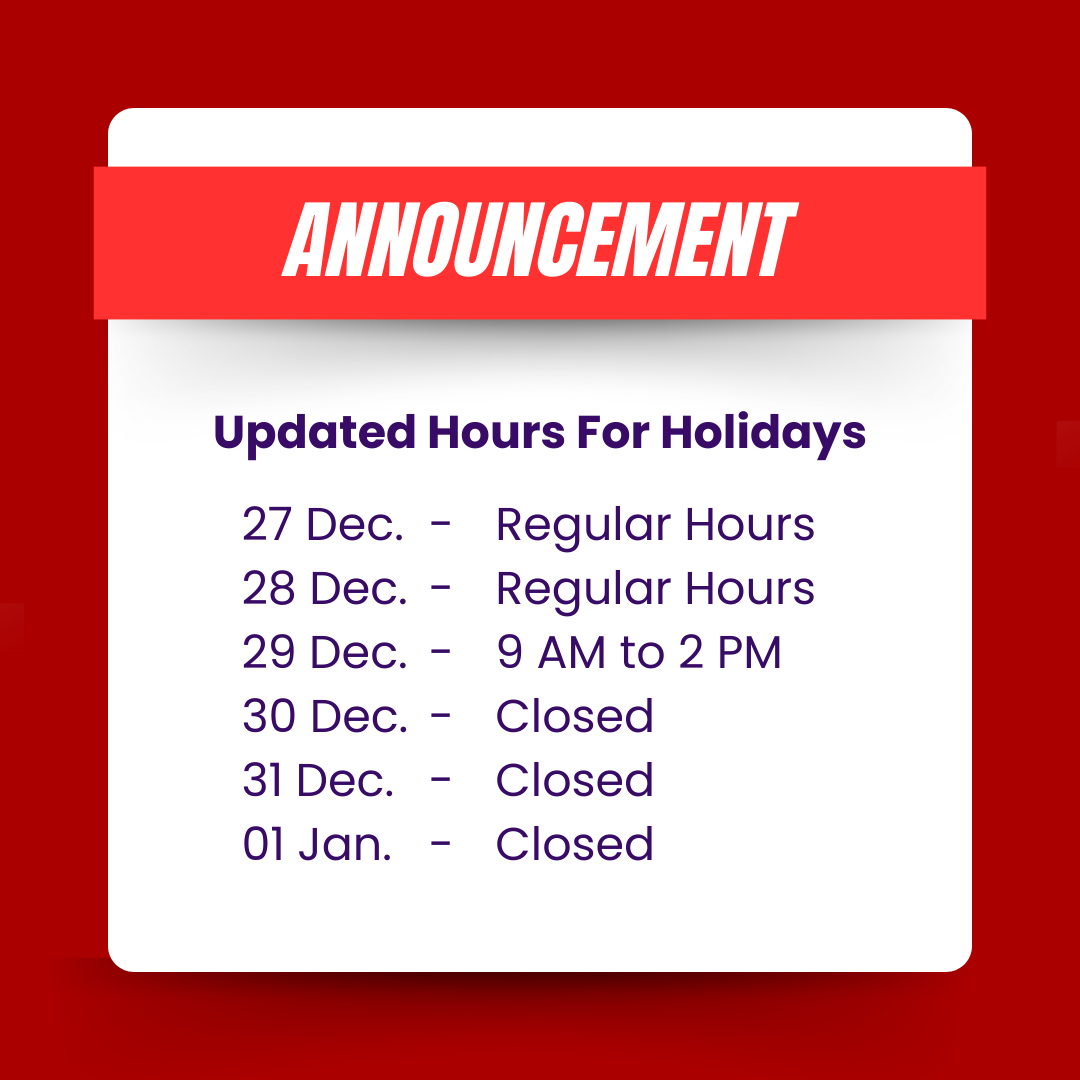For most Canadians, their primary home is the largest asset. Property insurance policies are very complicated and even getting more complicated. Water damage and its related terms for a layman includes Sewer backup, flood, surface water, seepage etc. From the layman point of view, they look similar but insurance policies are “Insurance Contracts” with coverage and its limitations, deductibles, exclusions, policy conditions and so on. More interestingly, lot of customers won’t even look beyond monthly payment. I strongly recommend the following:
1. Do not buy coverage online or from any of the direct writers if you feel advice matters to you.
2. Look for an independent broker as a lot of brokers are owned and or controlled by insurance companies.
3. You should look for best coverage not only from face but underlying limits, Coverage against Sewer Back up, water damage, Seepage (Some companies offer limited coverage now) and very minimal exclusions if possible.
4. You should ask your broker best coverage and comparative price. Of course best coverage may be slightly expensive or it may be just a choice of insurance company that only an independent broker can offer.
5. Spend some time with you broker to understand what you are covered for. If you don’t get the clear answers start thinking to change the broker not for price but knowledge reasons.
The Insurance Conundrum
In a world rife with uncertainties, insurance serves as a financial safety net, offering protection against unexpected events. However, when it comes to choosing insurance, individuals often find themselves grappling with a fundamental dilemma – should the emphasis be on comprehensive coverage or minimizing costs? This article delves into the nuances of this decision-making process, offering valuable insights to help you strike the right balance.
$2 million in water damage not covered by insurance
Imagine turning to your insurance company after catastrophic damages to your house and being told, “You’re not covered.”
That’s what happened to Hassan Hojjatian and Mitra Kermani in June 2011, when their house suffered extensive water damage to the basement, basement bathroom, garage roof and foundation.
An independent expert later assessed the loss to the Toronto house at more than $2 million.
Safeguarding Your Assets
Comprehensive coverage entails protection against a broad spectrum of risks. Whether it’s home insurance shielding your property from natural disasters or health insurance covering a range of medical expenses, this approach provides peace of mind in the face of the unpredictable. The key lies in identifying potential risks and tailoring your coverage to mitigate them effectively.
When evaluating comprehensive coverage, consider the specific needs of your lifestyle and circumstances. For instance, a homeowner in a flood-prone area may find comprehensive property insurance indispensable, while a young professional might prioritize health coverage for unexpected medical expenses. It’s about customizing your insurance portfolio to align with your unique situation.
The Pitfalls of Skimping on Coverage: A Risky Proposition
While minimizing costs is a tempting prospect, cutting corners on coverage can lead to dire consequences. Insufficient coverage leaves you vulnerable to financial devastation in the event of a crisis. For example, opting for the minimum required auto insurance might save money initially, but a serious accident could result in out-of-pocket expenses that far exceed the meager coverage.
In the realm of health insurance, inadequate coverage may mean limited access to crucial medical services or high deductibles that strain your finances. It’s essential to view insurance not just as an expense but as an investment in your financial security.
Advice vs. Cost: Striking a Delicate Balance
The quest for the ideal insurance coverage involves a delicate balancing act between advice and cost considerations. Seeking professional advice ensures you make informed decisions aligned with your needs. Insurance advisors can assess your risk profile, recommend appropriate coverage limits, and guide you through the intricacies of policy terms and conditions.
However, it’s equally important to be discerning about costs. Exorbitant premiums can strain your budget over time, making it essential to explore cost-effective options without compromising on essential coverage. By finding the sweet spot between advice and cost, you can build a robust insurance portfolio that provides comprehensive protection without breaking the bank.
Prioritizing Insurance Needs: Tailoring Coverage to Your Lifestyle
Understanding that one size does not fit all is pivotal in the realm of insurance. Prioritizing your insurance needs involves a careful analysis of your lifestyle, assets, and potential risks. For instance, if you’re a renter, tenant insurance may be more relevant than property insurance. A healthy individual might opt for a high-deductible health plan with lower premiums, while someone with chronic health conditions may prioritize a more comprehensive plan.
By aligning your insurance choices with your specific circumstances, you avoid unnecessary expenses while ensuring adequate coverage where it matters most. This personalized approach not only optimizes your protection but also helps manage costs more effectively.
The Role of Emergency Funds: A Buffer Against Unforeseen Events
While insurance is a crucial aspect of financial planning, relying solely on it can be a precarious strategy. Building and maintaining an emergency fund provides an additional layer of protection against unforeseen events. This fund acts as a financial buffer, covering immediate expenses in emergencies without relying solely on insurance payouts.
Having a robust emergency fund allows you to consider slightly higher deductibles or lower coverage limits, reducing insurance premiums without compromising your ability to weather unexpected financial storms. This strategic combination of insurance and emergency funds strengthens your overall financial resilience.
Navigating Policy Terms: Reading Between the Lines
Understanding the fine print of insurance policies is paramount in making informed decisions. Often, individuals are lured by seemingly low premiums without fully grasping the limitations buried in the policy details. Take the time to read and comprehend the terms and conditions of your insurance policies, ensuring there are no unpleasant surprises when you need to make a claim.
Pay attention to coverage limits, exclusions, and the claims process. Consulting with an insurance professional can help demystify complex policy language, empowering you to make choices that align with your expectations and financial goals.
Conclusion
In the ongoing debate between coverage and cost in insurance, the key lies in adopting a holistic approach. Comprehensive coverage, tailored to your specific needs, is the foundation of financial security. However, this should be complemented by a prudent assessment of costs and a strategic balance between advice and affordability.
Navigating the insurance landscape requires a proactive stance, wherein you prioritize protection without succumbing to unnecessary expenses. By understanding your risks, seeking professional advice, and reading policy details, you can build a resilient insurance portfolio that safeguards your assets without unnecessarily draining your financial resources. In the end, it’s not just about coverage or cost; it’s about finding the equilibrium that ensures peace of mind and financial well-being.







